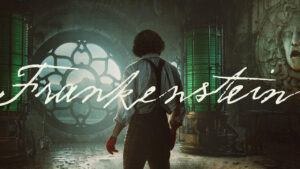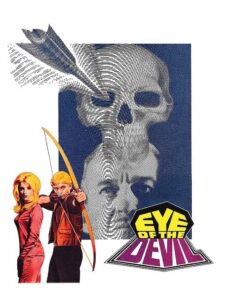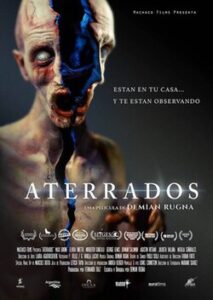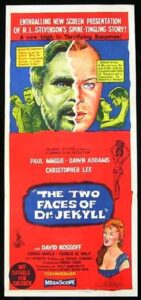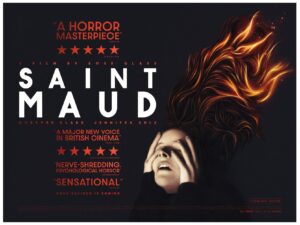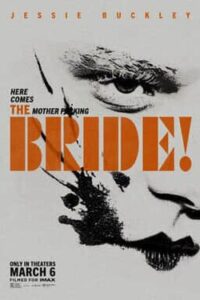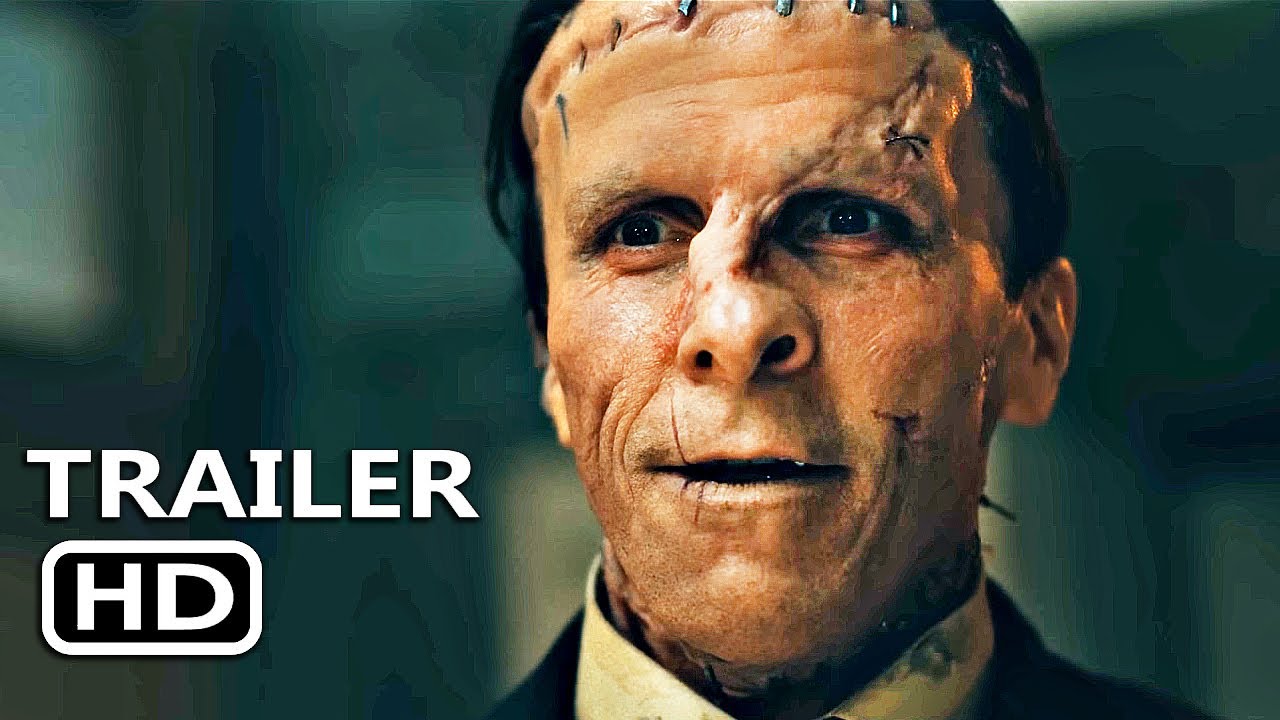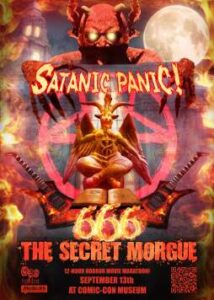
Film Geeks SD
.
Saturday September 13 saw the sixth Secret Morgue movie festival, a marathon of 6 theme-linked horror films screened all day and into the late night at the Comic-Con Museum in Balboa Park by San Diego Film Geeks. Being the 6th the theme was announced to be ‘satanic panic.’ I have attended 4 previous regular Secret Morgue screenings and one special two years ago with a unifying theme of witches and witchcraft, loving and enjoying each marathon.
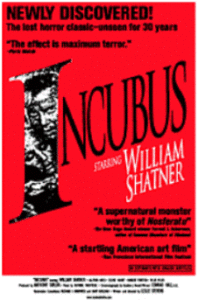
Contempo III Productions
The first feature was the only film I had already seen, 1966’s Incubus. Performed entirely in the constructed language of Esperanto, the film stars William Shatner just before he began his work on Star Trek. The plot revolves around a collection of demons who lure corrupted and evil people to their doom and damnation, but one Kia longs to bring a good person, a hero, to hell and sets her sights on Marc (William Shatner), igniting a battle of wills and temptations for Marc’s soul. I liked this film and enjoyed watching it again after so many years.
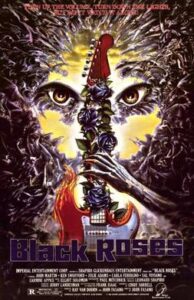
Shaprio-Glickenhouse Productions
Black Roses (1988), a limited budget movie produced in Canada, followed as the second feature. A satanic heavy metal group making their first non-studio performance has come to the quite small town of Mill Basin. The kids are drawn to the group, while the parents fear the music and musicians. The twist is the group truly are agents of Satan and converts the teenagers to corruption and evil with only an ineffectual English teacher opposing them. I honestly could not determine if Black Roses had been intended as comedy or was actually that badly made.

Yuma FIlma 75
Things improved with the 3rd feature, Alucarda, a Mexican film from 1977. The filmmaker’s daughter was present to introduce the film and speak briefly about her father.
Censored in Mexico, Alucarda is a very loose adaptation of the 1872 novel Carmilla. Justine, a teenage girl recently orphaned, has come to live in a convent and quickly becomes fast friends with Alucarda. The girls are accosted by stereotypical ‘Gypsies’ and soon fall under dark Satanic influences bringing terror and death to the convent.

Universal Studios
The 4th film was one I hadn’t seen but had wanted to for some time: Sam Raimi’s Drag me to Hell, long heralded as the director’s return to horror after his foray into superhero movies with the original Spider-Man trilogy. The audience was treated to a special video introduction by Sam Raimi and his brother Ivan who had together co-written the script.
Loan officer Christine Brown, trying to prove herself ‘tough enough’ for an important promotion and chafing from her simple rural roots, denies a woman a third extension on her mortgage and in the following altercation, the woman, again a film stereotype of a ‘gypsy’ takes deep offense. She lays a curse on Christine, proclaiming soon it will be Christine who comes to beg. Christine now suffers a ticking clock to find a method to escape the curse before a demon arises and literally drags her to hell.
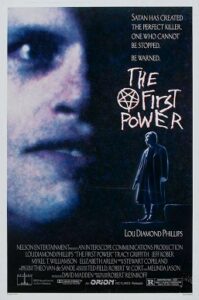
Orion Pictures
After a dinner break of pizza, we returned for the fifth movie 1990’s Satanically-powered serial killer movie The First Power. I can’t decide which was the greater ignorance displayed by the filmmakers, their understanding of the American criminal justice system or their comprehension of Christian theology.
Detective Russell Logan (Lou Diamond Phillips) receives tips and guidance from an anonymous psychic Tess (Tracye Griffith) leading to the capture of a notorious active serial killer but as a price for her assistance, she extracts a promise from Logan that the killer will not be subjected to the death penalty. (A decision that is not in the hands of any police detective.) The killer is executed and resurrects as a body possession spirit leading Logan and Tess on a chase for an immortal serial killer wielding the first power, Resurrection.
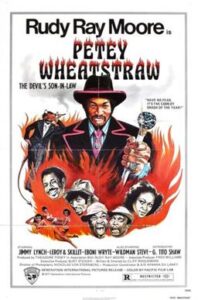
Generation International Pictures
The festival ended with a screening of a blaxploitation film, Petey Wheatstraw: The Devil’s Sun-in-Law.
Released in 1977, Petey Wheatstraw is a movie of its time, place, and unique production. A true ‘blaxploitation’ movie, it was created, produced and performed by black actors and creatives, telling jokes that were tasteless at the time and today no white production could even begin to approach. It’s a common sentiment that Blazing Saddles couldn’t be made today but trust me when I say that Saddles doesn’t come close to the boundary-breaking tone of Petey Wheatstraw.
Petey, (Rudy Ray Moore) after being brought to life by Lucifer following being gunned down at a funeral by rivals is empowered to seek revenge provided he marries Lucifer’s daughter, a woman of unspeakable ugliness.
I cannot speak fully to this feature. The hour had drawn late, and my vitality flagged, and I have limited tolerance for literal scatological humor. I can say that this was intended to be funny, unlike Black Roses, and before I left, I had laughed, heartily, several times. Petey Wheatstraw is streaming, and I may still finish the movie.
That was the Secret Morgue for 2025, and I can hardly wait for the next one.
